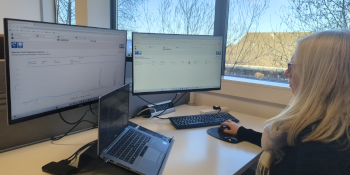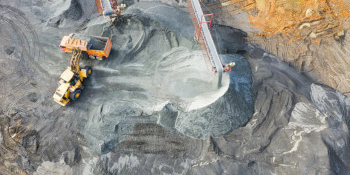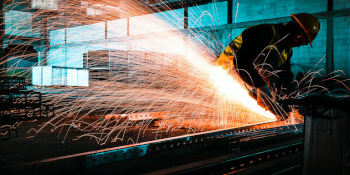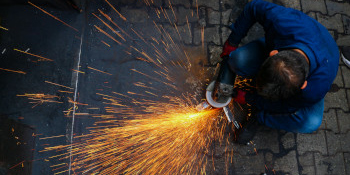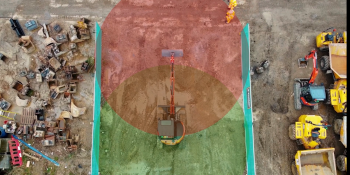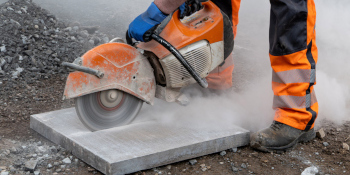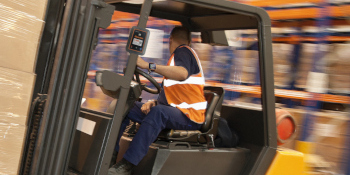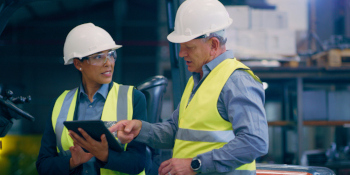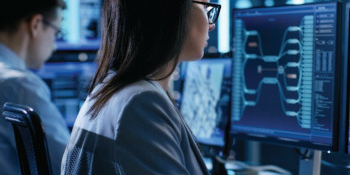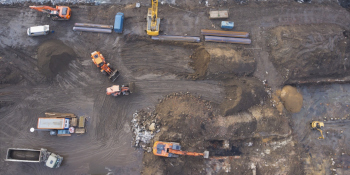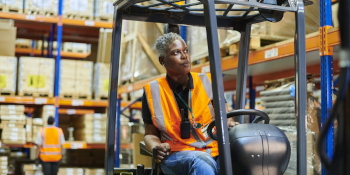How can wearable devices help to reduce forklift accidents?
Can physical distance be subjective?
Picture the following two images:
1. Five queen-sized mattresses laid end-to-end on the ground
2. Half of a tennis court (from the baseline to the net)
Which one - the mattresses or the tennis court - is longer?
If you guessed the mattresses, you’re wrong.
And if you guessed the tennis court, you’re . . . also wrong.
Admittedly, this is a bit of a trick question! The correct response is neither: the mattresses and the tennis court are actually about the same length (approximately 10 metres, or just under 33 feet).
But if you found yourself instinctively coming to the conclusion that the mattresses would be longer than the tennis court (or vice versa), you’re not alone! In fact, depth perception - the ability to understand how far away something is - isn’t something that comes effortlessly to the human brain. Generally speaking, the further away something is from your body, the tougher it is to nail down the exact distance between you and the object. And from person to person, the ability to accurately gauge distance can vary pretty dramatically and is affected by factors like height and the cues that we learn over time from our own unique experiences.
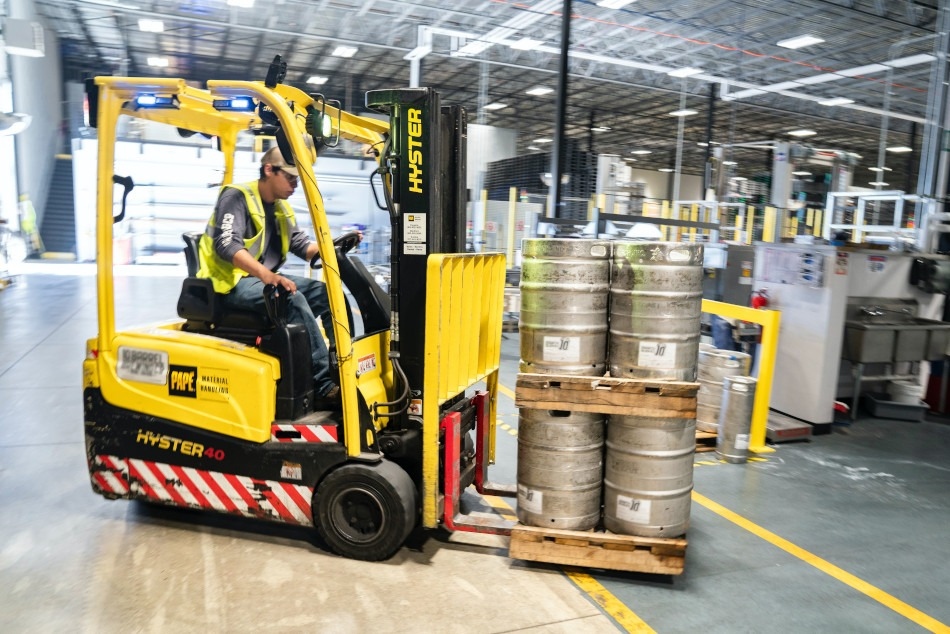
Too close for comfort: moving hazards in the workplace
And our lack of ability to reliably or consistently estimate physical distance is one of many reasons why effective segregation from hazards can be a challenge. Between 2020 and 2021, an astonishing number of fatal accidents and non-fatal injuries occurred in the UK as a result of collisions with machinery or equipment. Two areas that dominate these statistics are construction work and the use of forklifts within warehousing.
While it’s not possible to confirm how many of these fatalities or injuries occurred as a direct result of misjudging physical distance, it’s not unreasonable to assume that the issue played a part. Many of these incidents occurred (and continue to occur) as a result of people simply getting too close to dangerous or heavy machinery, and this is particularly problematic when it comes to lack of adequate segregation between people and moving vehicles, whether that be excavators, cranes, trucks, or forklifts.
But there are technologies - like Reactec’s R-Link - that are dedicated to helping the construction and heavy engineering sectors overcome human error, and minimise the risks associated with it. From vibration and noise monitoring, to - notably - proximity detection functionality, these systems and devices exist to remove guesswork from the equation when it comes to preventing workplace health and safety issues. Said otherwise: this technology is designed to help create workplaces where no worker must guesstimate their distance from hazardous areas, equipment, or vehicles.
Technology + Psychology: how workplace wearables help create a safer workplace
Wearable devices help to prevent injuries caused by heavy machinery, like excavators or forklifts, by alerting workers to dangers and exclusion zones. The technology is advanced, but easy to use: a network of devices, including watches, beacons, and gateways, work together to ensure that people who get too close to dangerous equipment are immediately and clearly alerted.
Perhaps even more importantly, though, is what’s going on behind the scenes of a wearable device like R-Link, which is powered by advanced Analytics to capture details about worker behaviour, including when they’ve gotten too close to dangerous equipment or exclusion zones. Not only does this critical layer of insight provide vital information about near-misses, trends, and patterns of behaviour; it adds a layer of psychological safety and motivation that makes it a powerful tool to improve worker-hazard segregation when compared to relying solely on traditional methods, like physical fencing.
It’s no secret that smart devices, like workplace wearables or smartphones, are purpose-built to get or hold our attention. And notifications are an important part of how such devices engage us: studies show that notifications capture our attention and compel us to take action incredibly effectively. Additionally, when we know that our behaviour is being monitored, we tend to consider it more thoroughly before taking a given action. For example, when medical staff were told they were being watched, they washed their hands at a rate 55% greater than when they weren’t aware they were being monitored. This phenomenon is called the Hawthorne effect, and there’s no reason to believe that it doesn’t directly apply to behaviour being electronically monitored, or recorded.
In this way, using smart devices to monitor worker behaviour in real-time has the potential to bring meaningful positive changes to the workplace, and this evolution needs to happen sooner rather than later. Given the dangers posed by dangerous areas and heavy machinery, such as excavators and forklifts, it’s critical that duty holders and decision-makers in affected industries adopt new or innovative approaches where traditional methods are still clearly falling short.
Our brains weren’t designed to intuit exact physical distance, but devices like R-Link were designed to measure it.
To learn more how you can take the guesswork out of your risk management, contact a member of the team today:

